It is impossible to imagine life of a woman without make-up. Nowadays various types of make-up exist which are done to take care of the skin as well as to for participation in different shows, photo sessions and parties. Everyday make-up is done to hide miner defects of the skin and to accentuate face features. Where does the history of make-up take its roots, what stages of development it has undergone? We’ll give answers to these and to many other questions in our articles. The roots of make-up date back to ancient Egypt. The first attempts of make-up were made in ancient Egypt as early as in the 5th millennium B.C. Recipes of various cosmetic means are found in Egyptian manuscripts which can be used even today. In ancient Egypt not everyone were allowed to take care of ones face and body. They paid great attention to the face care which was performed by means of different ointments and oils. Cosmetic means were not only used for decorative purposes but were also believed to protect and take care of the person. For example, the paint used to underline the eyes was believed to protect from sunlight, mosquitoes and from infections caused by the grain of sand. At the same time black color of the eyeliner resembled hawk which was the symbolism of one of the Egyptian deities and was also the symbol of the struggle between the light and the dark.

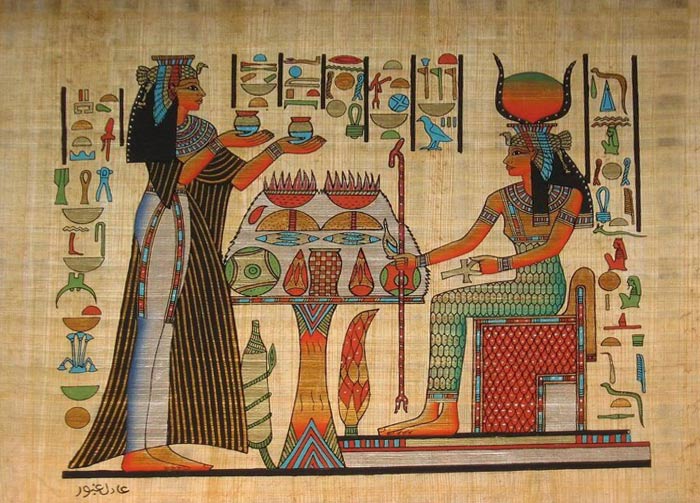
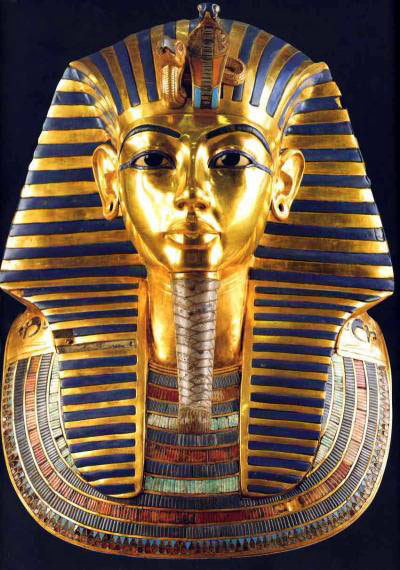 Egyptian women paid special attention to the care of the eyes for which they used antimony brought from Asian countries. This antimony is considered to be the ancestor of today’s mascara. Latter they noticed that this substance not only protected their eyes but also made ones look much more expressive and helped to allure the representatives of the opposite gender.
Egyptian women paid special attention to the care of the eyes for which they used antimony brought from Asian countries. This antimony is considered to be the ancestor of today’s mascara. Latter they noticed that this substance not only protected their eyes but also made ones look much more expressive and helped to allure the representatives of the opposite gender.
One of the most prominent beauties of ancient Egypt was Queen Nefertiti (XV- XIV BC) whose name is translated as “the beauty came”. Portraits of this beauty, which have survived to our days, give clear understanding of the make-up used during those days: lined eyes, red cheeks, lined lips. Later, starting from the beginning of the III century cosmetic means were used also by famous Egyptians. They paid great attention to the state of the skin. Usually they took care of the skin by means of various ointments after which they massaged the skin with aromatic oils. Egyptians tried to get the noble pale color of the skin. For that purpose they used special masks, ointments which made the skin of the face look whiter, gave shine and besides of all covered all the imperfections of the skin. As a tonal cream they used oily tints prepared on the bases of ochre. Face and body veins were highlighted by a blue tint. The skin color was so important for Egyptians that even on murals and sculptures they depicted types of pale and tin skins.

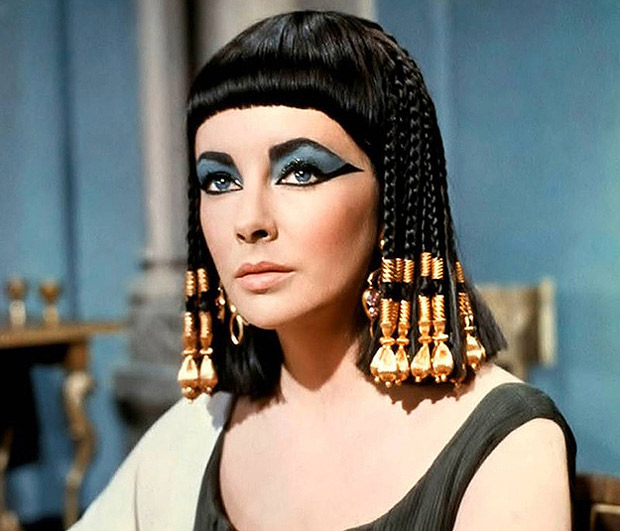
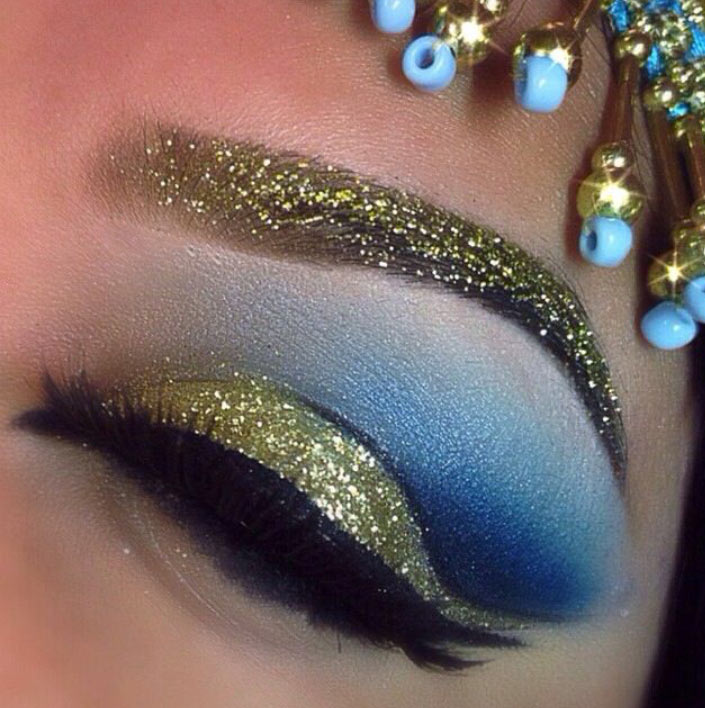
Following the example of the priests Egyptian noblemen started to use other types of decorative cosmetics such as eye shadows. They did this for eyes visually look bigger and longer. Very open they used antimony for this purpose. Then they applied eye shadows which were made of malachite, turquoise, clay and copper powder. And if the eyes swelled they washed them with tincture of parsley and hemp. Another interesting point in ancient Egyptian make-up was the use of false eye-lashes and black thick eyebrows. They applied red tint on their cheeks and lips. Such make-up was called mask of a saint and Egyptians considered it to be the representation of the ideal beauty. Queen Cleopatra (69-30 BC) had a great investment in the development of “make-up industry”. She left us a book with recipes of different cosmetic means. Even nowadays this book is of great value. It’s a known fact that Cleopatra used an ointment to keep her skin soft and white which was made of white clay, milk of a donkey and lemon juice. Thus, it’s not surprising that these two historical figures haven’t lost their charm and beauty even today and cosmetic means used by them are trendy even nowadays.
 To have a better understanding of such make-up we suggest you to watch this video. As a tonal cream they used oily tints prepared on the bases of ochre. Face and body veins were highlighted by a blue tint. The skin color was so important for Egyptians that even on murals and sculptures they depicted types of pale and tin skins.
To have a better understanding of such make-up we suggest you to watch this video. As a tonal cream they used oily tints prepared on the bases of ochre. Face and body veins were highlighted by a blue tint. The skin color was so important for Egyptians that even on murals and sculptures they depicted types of pale and tin skins.
Following the example of the priests Egyptian noblemen started to use other types of decorative cosmetics such as eye shadows. They did this for eyes visually look bigger and longer. Very open they used antimony for this purpose. Then they applied eye shadows which were made of malachite, turquoise, clay and copper powder. And if the eyes swelled they washed them with tincture of parsley and hemp. Another interesting point in ancient Egyptian make-up was the use of false eye-lashes and black thick eyebrows. They applied red tint on their cheeks and lips. Such make-up was called mask of a saint and Egyptians considered it to be the representation of the ideal beauty. Queen Cleopatra (69-30 BC) had a great investment in the development of “make-up industry”. She left us a book with recipes of different cosmetic means. Even nowadays this book is of great value. It’s a known fact that Cleopatra used an ointment to keep her skin soft and white which was made of white clay, milk of a donkey and lemon juice. Thus, it’s not surprising that these two historical figures haven’t lost their charm and beauty even today and cosmetic means used by them are trendy even nowadays.




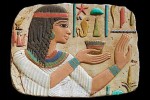
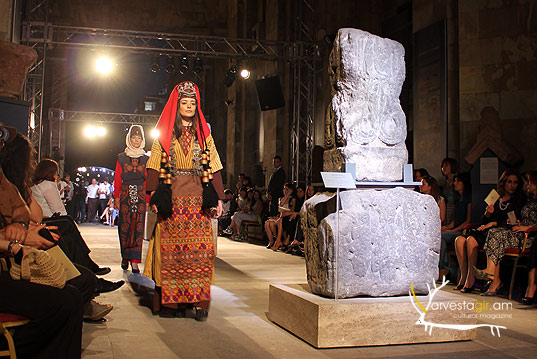
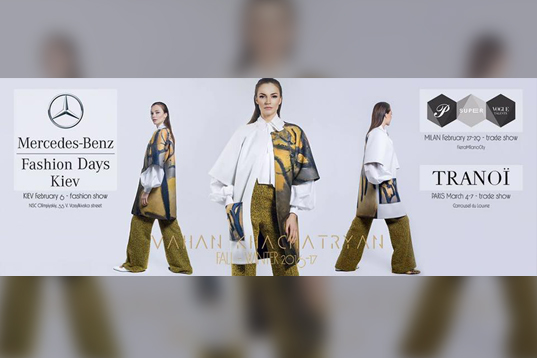
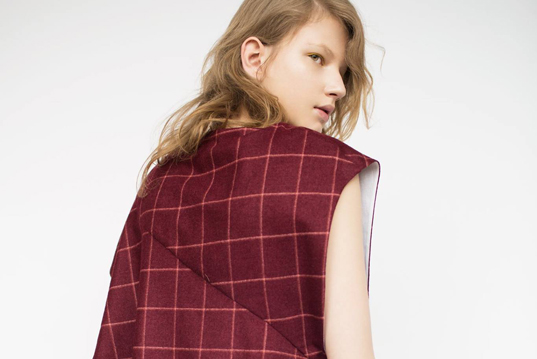
Leave a Reply